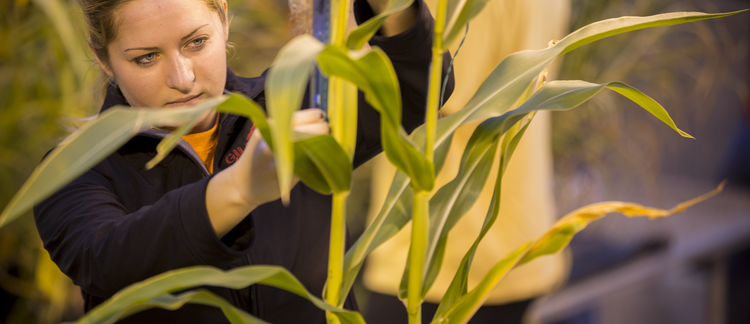Abstract
Infectious Bovine Keratoconjunctivitis (IBK), commonly known as pinkeye, is a contagious bacterial disease that affects cattle worldwide. IBK is characterized by excessive tearing, inflammation of the conjunctiva, and ulceration of the cornea. In severe cases, perforation of the cornea may occur, leading to permanent blindness. The incidence rates reported in the ISU beef herd range from 30–52% in the last four years(Figure 1). As a result of the economic impact of pinkeye in the cattle industry, estimated at $150 million/year, the lack of effective treatments against the disease and the increased demand for‘organic’ products, research in the area of disease resistance is needed. The objectives of our study were: a) to estimate genetic parameters that could aid in the selection of cattle resistant to IBK; b) to evaluate the effects of pinkeye on production traits; and c)to study immunologic factors involved in ocular defense mechanisms.
Keywords: Animal Science
How to Cite:
Rodriguez, J. E., Hassen, A., Tait, R. G. & Reecy, J. M., (2007) “IBK (pinkeye) in Black Angus Cattle”, Iowa State University Research and Demonstration Farms Progress Reports 2006(1).
Downloads:
Download pdf
View PDF
339 Views
145 Downloads

